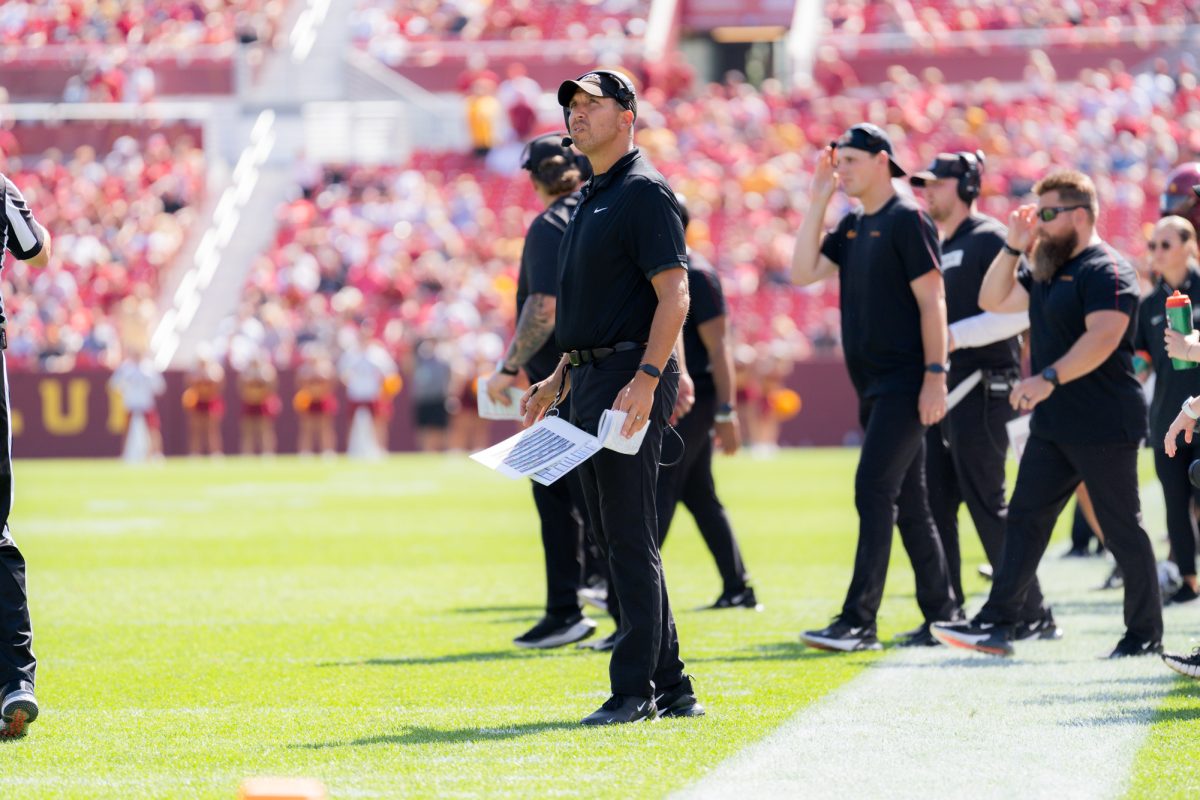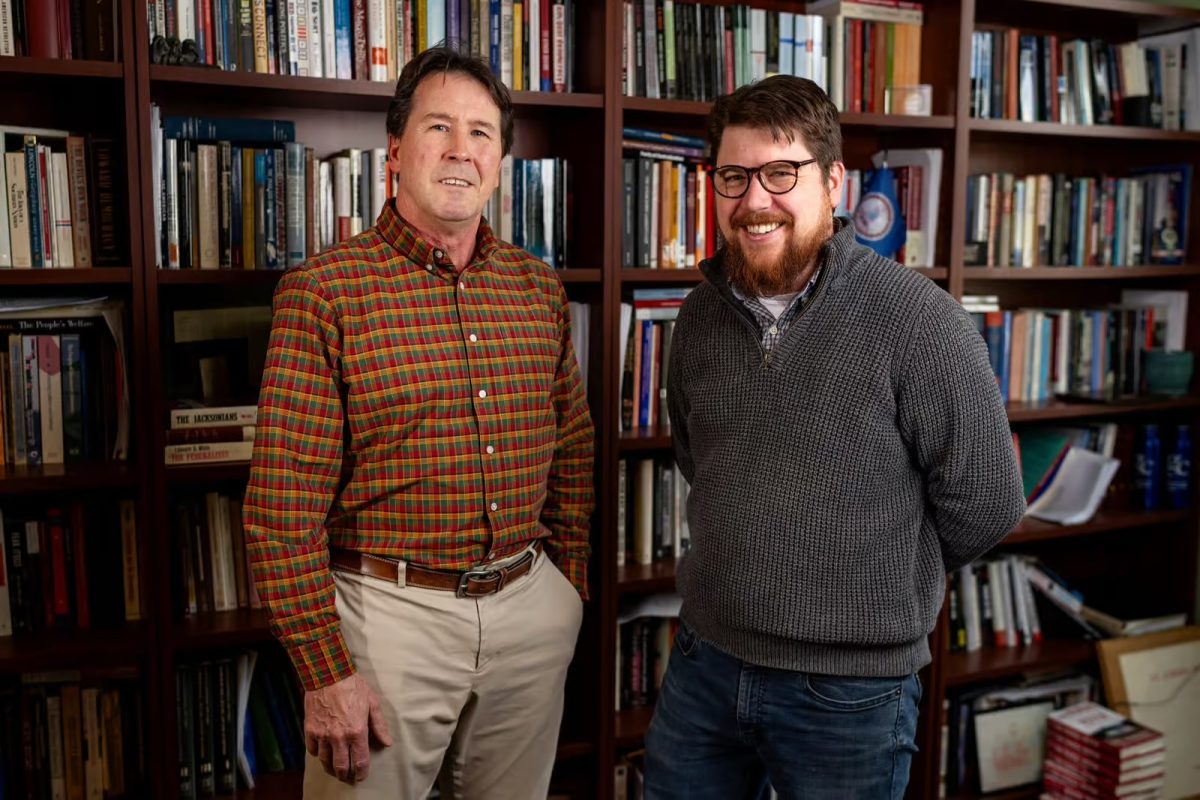Greenlee chairman selected for military committee
March 21, 2000
Examining a younger population in order to boost military recruitment is the focus of a committee an ISU faculty member will be taking part in.
John Eighmey, Greenlee School of Journalism and Communication chairman and professor, will be a member of the research committee, which is being sponsored by the National Academy of Sciences.
Eighmey will participate in the three-year study conducted by the Committee on the Youth Population and Military Recruitment.
The committee will study the implications of long-term demographic trends in the youth population as they pertain to military recruiting, selection and training.
Focusing on recruiting issues, the initial phase of the committee’s research will involve a study of the demographic, sociological and psychological attributes of contemporary youth and projected attribute profiles 20 years into the future.
“The committee will approach the subject with a theoretical, empirical base,” Eighmey said. “The approach will be conceptual and driven by facts.”
In the course of its study, the committee will also address the changing nature of work and the effectiveness of various advertising approaches and incentive programs in recruiting.
The committee consists of 14 members, all of whom were selected for their expertise in fields ranging from psychology to communications.
“I believe I was selected because of a combination of my industrial and academic experience in advertising,” Eighmey said.
Paul Sackett, chairman of the committee, said many areas will be examined as part of the study.
“The key issue is understanding the youth population,” said Sackett, professor in the Department of Psychology at the University of Minnesota at Minneapolis. “How are their attitudes, values and skills changing?”
Sackett said more people are going to college today; thus, the recruiting pool for the military is getting smaller.
“Twenty years ago, only 40 percent of American youths were going on to continuing education,” Sackett said. “Today, that number is 65 percent and climbing.”
Sackett said a big factor in this change is the nation’s economy. He said if the military is going to compete with today’s healthy job market, it’s going to have to change its message, the nature of military service and its compensation benefits.






